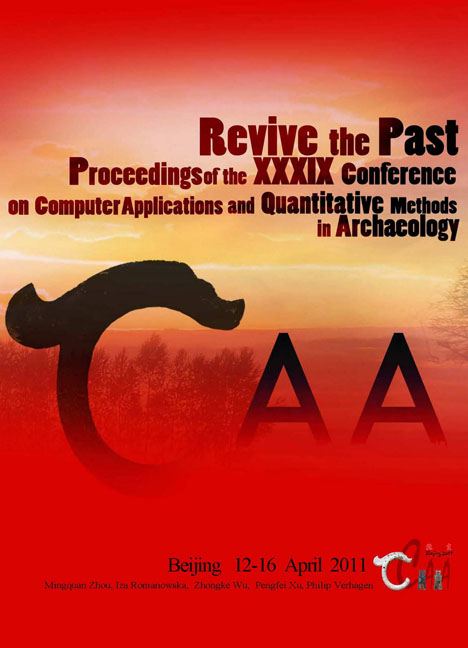 Revive the Past
Revive the Past Was It Worth It? Experiences with a CIDOC CRM-based Database
Published online by Cambridge University Press: 23 June 2021
Summary
Abstract:
The paper reflects on an implementation of an event-based database for the Ethnographic Collection at the Museum of Cultural History in Oslo, Norway. CIDOC CRM was used as a guideline for mapping three different sources into the database. The paper considers benefits of having data structured in an eventbased database considering the extra work of analysing data and tags and mapping them into explicit events and relations. It gives an overview of challenges and problems encountered, and benefits from having our data structured in this model. The model allows import of rich data from different sources and keeps track of events and relations between object, people, time and place. Will this enrichment of the data enhance the quality of the browse and search functionality?
Key Words: Event-based Modelling, CIDOC CRM, Ethnography, Rich Datasets CAA2011 - Revive the Past: Proceedings of the 39th Conference in Computer Applications and
Background
The database for the ethnographic collection at the Museum of Cultural History at the University of Oslo is the newest result of a grand vision from 1990. With the motto “From Drawer to Screen” the Documentation Project started to build an extensive information system on Norwegian language and culture (Hodne 1988, Ore 1988). The Norwegian university museums have had two consecutive national projects since 1991 with the aim of constructing a full database system for the collections and make them available for researchers, students and the general public. The projects are now continued in the permanent organization MUSIT (museum IT). The database system has been developed to be used for research purposes and not only for the artefact curation at the museums (Uleberg 2008).
The Documentation Project was a cooperation between the faculties of humanities at the Norwegian universities. Archaeology was one of the first sub-projects and it started with digitizing the acquisition catalogues (Holmen and Uleberg 1996a) and also reports and grey literature documents (Engevik et al. 2004). The paper based catalogue texts were first converted to computer readable formats. After transcription, the texts were SGMLtagged according to a grammar developed for these texts and expressed in the museums’ tagging schemata (Holmen and Uleberg 1996b, Holmen et al. 2004). The tagged texts were then converted to databases.
- Type
- Chapter
- Information
- Revive the PastProceedings of the 39th Conference of Computer Applications and Quantitative Methods in Archaeology, pp. 255 - 260Publisher: Amsterdam University PressPrint publication year: 2012
